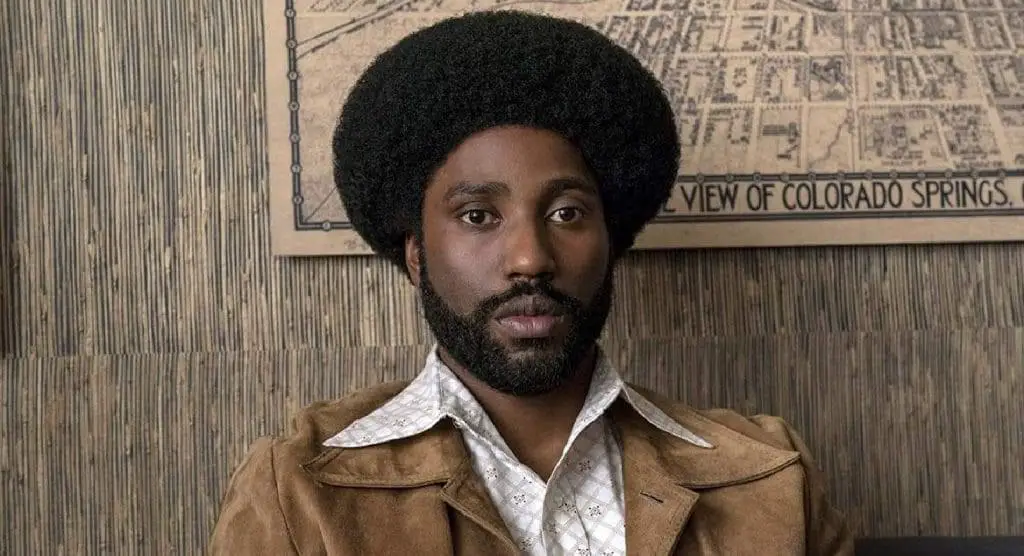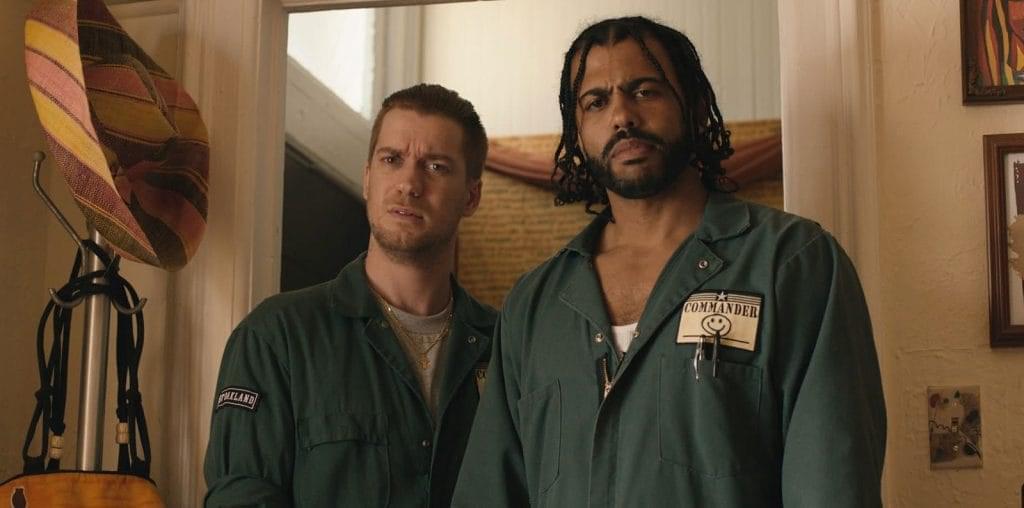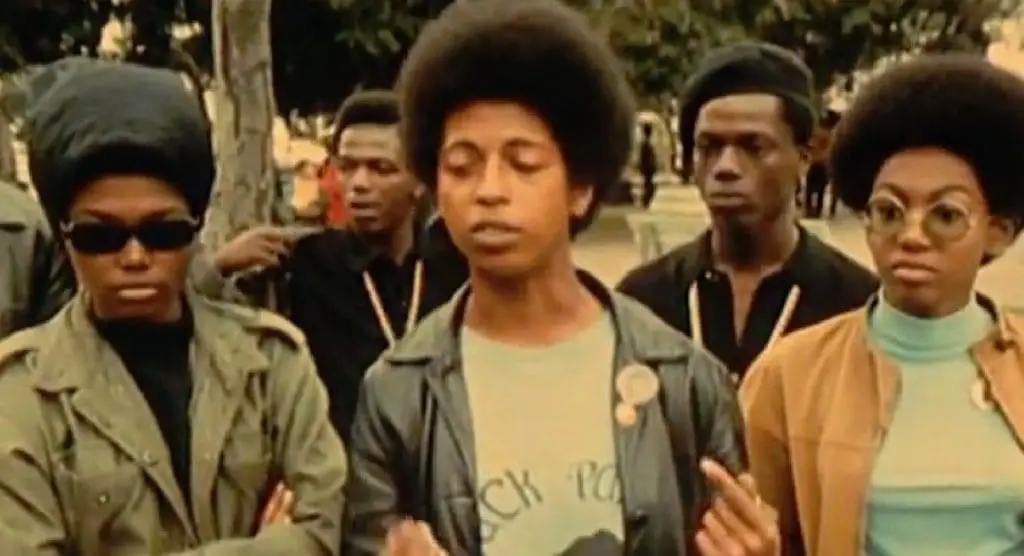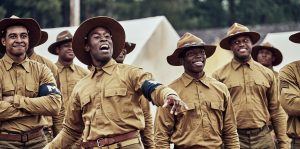
To make the story work as a film, Willmott, and co-screenwriter/ star, Trai Byers created fictional versions of the soldiers of the 24th. “I would argue that we based it on types of people that were involved,” says Willmott. “Baltimore was a beloved member of the 24th, and that’s the notion I went with. Trai and I created a whole backstory and character based on that. In some ways, they marched on the city because of their feelings for him. All of that comes from the real incident. I wanted you to really invest in these men before the riot.”
While Willmott is best known for collaborating with Spike Lee on the scripts to Chi-Raq, BlacKkKlansman, and Da 5 Bloods, he’s been directing independent films for decades like his mockumentary, CSA: The Confederate States of America, his Wilt Chamberlain biopic Jayhawkers, and Destination Planet Negro.
Despite his close association with Lee, you’re not likely to see characters in Willmott’s films gliding along sidewalks or hyperkinetic editing. “Spike has a very specific style,” he explains. “He’s noted for certain shots. I’m a lot more interested in what I would say is the naturalism of the situation and the historical elements of it. Even though it’s a fictional account.”
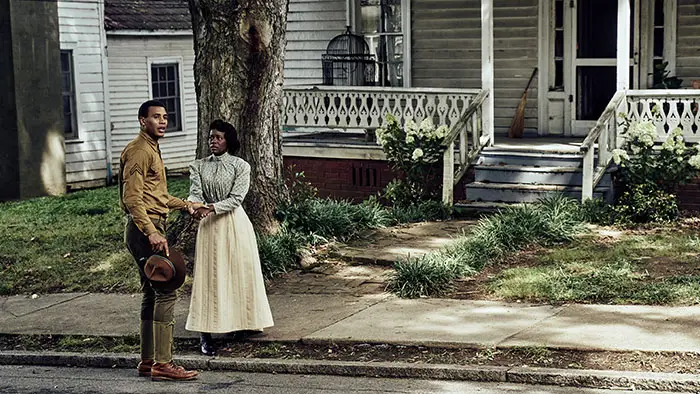
“I got to see…how people are pushed down for so long that when they break there’s no logic…”
Another factor in those differences can be attributed to Byers, who has collaborated with Willmott with the same frequency as Lee. “Trai was my former student (at the University of Kansas). We’ve made several films together as well. I knew he was going to play Boston. It’s fun in that way because when you know who’s going to play a part, you can craft it to them and enhance it in the ways that are going to work,” he says.
Even though Willmott is dealing with a historical incident, The 24th also matches his own experiences growing up in Junction City, Kan., near Ft. Riley. After hearing him talk, the unrest that has taken place in Wisconsin after the police shooting of Jacob Blake, who is now paralyzed from being shot from behind seven times, becomes easier to understand.
He recalls, “I was in a race riot in high school. Dr. (Martin Luther) King has a saying about riots. ‘A riot is the language of the unheard.’ I got to see that as a teenager in high school with my friends and how people are pushed down for so long that when they break, there’s no logic or rhyme or reason to it. Because the 24th were soldiers, they were more organized than most riots. In most riots by the time they break, people just attack.”
Even if the members of the 24th marched in tighter formations than most rioters would have, the film’s account of August 23, 1917, is still harrowing. “I wanted it to be frightening. I wanted that part to be disturbing because it was. I think that with the rage the men had at that point, I wanted the audience to feel that part of it. It was exciting and challenging. You had to stay focused on the humanity of it. It’s easy to get into action stuff, that the violence can kind of take over. I never wanted the violence to be disturbing, but I also wanted to show the moral conflict of the violence.”
